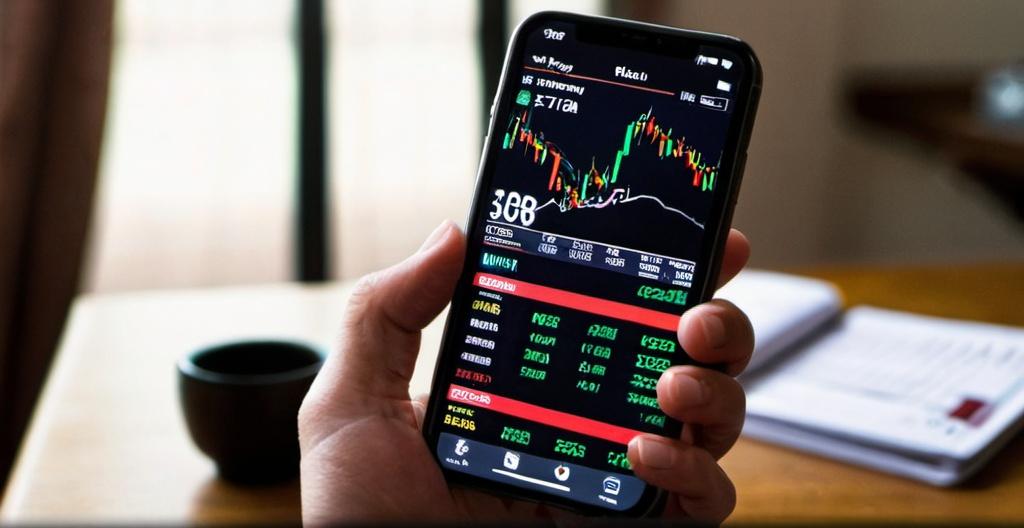What Binary Options Signals Claim to Offer
Binary options signals are marketed as shortcuts to profitable trading. They promise to do the heavy lifting—analyzing charts, spotting entry points, and sending users real-time alerts on when to place a trade. For newer traders, especially those still learning technical analysis or lacking the time to sit in front of charts, signals seem like a way to “follow the smart money” without needing deep market knowledge.
These services range from algorithmic systems to human analysts, from Telegram groups to broker-integrated plugins. Some offer free signals, others run on monthly subscriptions, and a few are embedded directly into trading platforms. But regardless of the delivery method, they all carry the same pitch: trust the signal, place the trade, win more than you lose.

Why the Promise Rarely Matches Reality
The core problem with most signal services isn’t just accuracy—it’s accountability. Many don’t disclose their logic, strategy basis, or performance track record. When trades go wrong, there’s no recourse, no refund, no risk-sharing. And more importantly, the market context behind each signal is often missing. A signal might say “Buy EUR/USD above 1.0925 with a 5-minute expiry”—but it won’t tell you that the trade is being triggered in front of an economic data release or into a thinning order book.
As one expert from BinaryOptionSignals.com puts it:
“A good signal isn’t just a direction—it’s context, timing, risk, and a reason. Too many services push signals like they’re lottery numbers, not trades. That’s where users get burned.”
Signal Timing vs. Execution Reality
Even assuming a signal is valid, there’s another practical issue: latency. By the time a signal reaches the user and the trade is placed—especially on short-term binary options—the optimal price may have already passed. A few seconds of delay can be the difference between profit and loss. And that’s before factoring in broker execution quality, platform lag, and spread manipulation.
For binary options with ultra-short expiry times, speed is everything. If a signal is delayed, copied across devices, or republished through third-party bots, its edge dissolves fast. What looks like a winning trade in theory becomes a loss in reality—not because the idea was bad, but because the execution window was too narrow.
The Psychology Behind Signal Reliance
Another issue rarely talked about is how signals change trader behaviour. Many users stop thinking critically. They become reactive, trading based on external prompts rather than internal discipline. This creates a dependency loop where traders stop developing their own strategy. When the signal service goes quiet—or the win rate drops—there’s no system left to fall back on.
Signal services can also foster overconfidence. A string of winning alerts leads some users to over-leverage or increase trade frequency. Losses then feel more personal, even though the trader wasn’t really making the call. This disconnect between decision-making and outcome is dangerous. It creates frustration, burnout, and poor risk management.
What to Look For in a Legitimate Signal Service
Not all signal services are scams or useless. There are legitimate ones—usually operated by traders with transparency, educational backing, and a clear methodology. The best ones do more than send alerts. They explain the setup, share context, outline risk levels, and maintain audited performance histories.
What separates a credible service from noise:
Conclusion: Signals Can Help—But Only If You’re Already in Control
Binary options signals can be useful tools, but they’re not a shortcut to success. Used wisely, they can provide confirmation, spark ideas, or improve timing. Used recklessly, they become crutches—or worse, bait.
The best traders use signals as one input among many. They still do the work. They question the logic. They manage the risk. Because in binary options, even the best signal isn’t a guarantee—it’s just a nudge in a market that can turn in seconds.
This article was last updated on: July 17, 2025